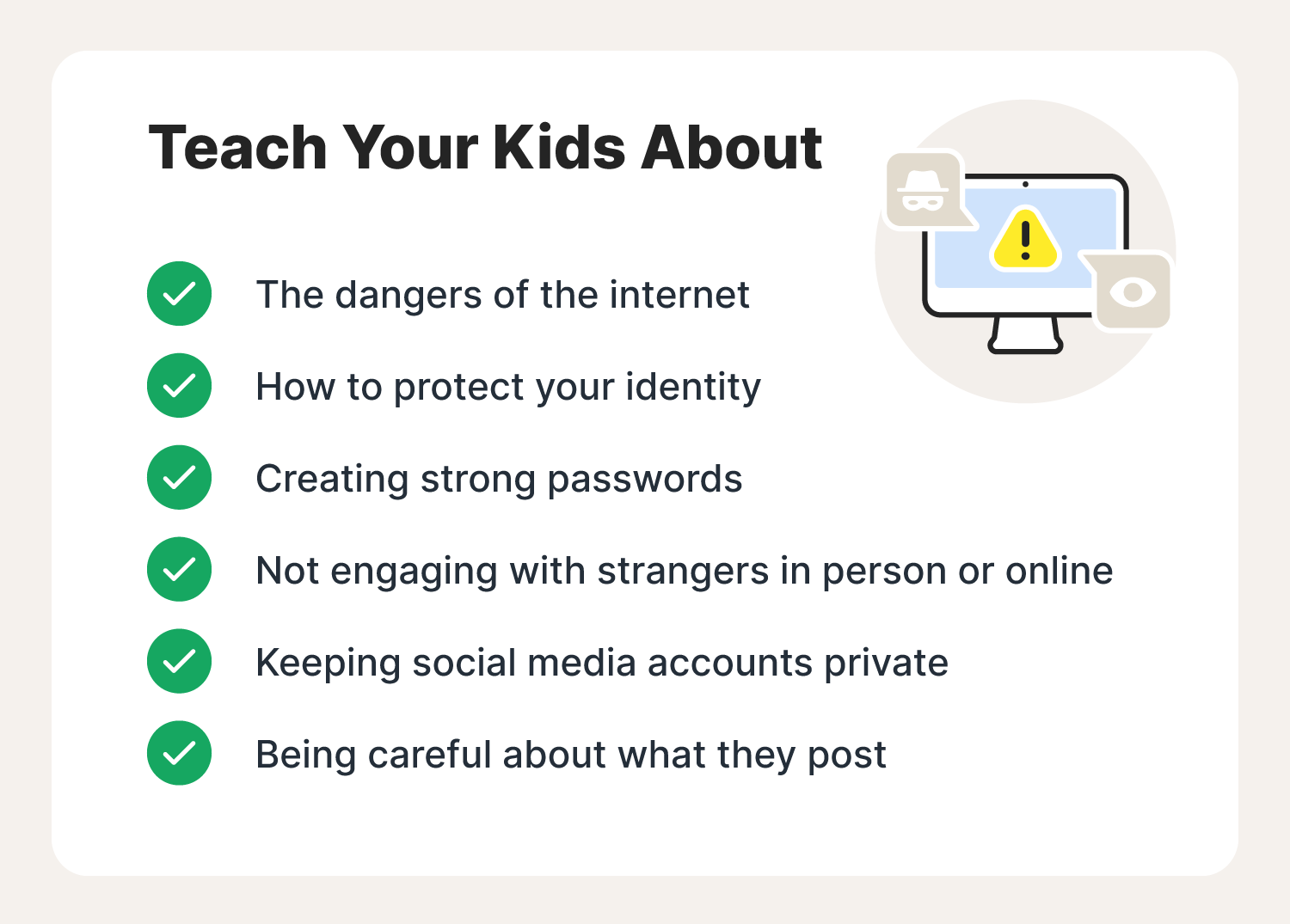All Categories
Featured
Table of Contents
- – A Better Semantic Seo For Beginners?
- – What Is The Top Semantic Seo Strategies Product?
- – What Is The Most Affordable Semantic Seo Tool...
- – What Is The Most Suitable Semantic Seo Checkl...
- – Top Semantic Seo Audits You Can Buy
- – What's The Leading Semantic Seo Content Stra...
- – What Are The Top 10 Semantic Content Creation?
This is because search engines have advanced and are moving extra and a lot more in the direction of reviewing material on the internet. Of course, that has actually also transformed the method we create web content, especially if we want to rank far better in the search engines.
, the pioneer of the Web, talked of to represent the idea that all points in deep space are deeply interconnected. Intertwingularity is not typically recognized, people maintain claiming they can make points deeply hierarchical, categorizable and consecutive when they can not. Whatever is deeply intertwingled. Based on the relationships in between search purposes, the internet search engine favors a content ready by computing the distance between the vectors of definition.
It allows you to see, starting from a topic, all the entities that are relevant to that subject. By doing this you can clearly see which entities/concepts/ideas have currently been covered on your web site, and you can uncover brand-new opportunities by understanding what material you can add and exactly how to produce it.
A Better Semantic Seo For Beginners?
It is able to make your material reasonable for search engines on the one hand and for your target market on the various other. Structuring your content design highlights your material and its underlying relationships to ensure that internet search engine can acknowledge you among thousands of items of information, making you more visible to individuals that fulfill the search intent pertaining to your organization.
In semantic search engine optimization copywriting, an editor begins with a more comprehensive series of subjects and tailors the content to consist of semantically relevant terms and phrases that aid readers understand a subject, comparable to reviewing content in a wiki. From a web content composing viewpoint, one sensible method to do this is to develop a vocabulary of terms and inquiries surrounding your target topic.
What Is The Top Semantic Seo Strategies Product?
Learn extra concerning by viewing the by!.

Semantic search refers to the process of just how search engines comprehend and match keyword phrases to a searcher's intent in natural search results. Before semantic search, search engines like Google operated like matchmakersaligning certain words in your question with those exact words on websites. The results were simple yet typically did not have deepness.
What Is The Most Affordable Semantic Seo Tools Deal
It allows Google to use fast, precise answers to look inquiries concerning real-world subjects. When you kind a query word into Google, you're not simply getting in a sequence of words.
When you search for "Apple," Google doesn't just see a word that defines a fruit. It acknowledges Apple as a company and can offer relevant info. It was Google's solution to the rise of voice searches, where queries came to be much more conversational and nuanced.
What Is The Most Suitable Semantic Seo Checklist?
By incorporating NLP, Hummingbird allowed Google to move past simple keyword matching. It helped the search engine comprehend search intent, increasing the odds that results would properly match the reason behind a user's search.
Making it a lot more reliable at taking care of never-before-seen search queries. RankBrain considers even more than just keyword phrases when assessing a search question.
It fetches outcomes that match the search phrases and straighten with the general intent of providing young puppy training advice. And if the user regularly looks for dog-related web content, Google might focus on much more in-depth training guidesrecognizing the user's recurring passion in the topic. Integrating technologies like the Knowledge Graph, Hummingbird, and RankBrain, semantic search helps the Google algorithm analyze and link information throughout a substantial web of info.
Top Semantic Seo Audits You Can Buy
The emphasis shifts from keyword option to a holistic method encompassing individual intent, topical significance, and total customer experience. Producing material that addresses the searcher's demands with thorough details can boost your SERP positions. Below, we lay out the patterns and techniques that combine the need for semantically educated content. Later on, we supply workable pointers to turn these understandings into ideal techniques.
A more comprehensive method to material aligns better with semantic search's change away from exact search phrase matching and toward individual intent. Web content that covers search inquiries much more thoroughly not only satisfies users.
UX aims to develop an aesthetically enticing, easy to use user interface with appealing, quality web content that motivates visitors to remain. Semantic search technology enables search engines to aim for results that offer the best feasible UX.
What's The Leading Semantic Seo Content Strategies On The Market

All showcase Google's capacity to attend to a topic question thoroughly. By understanding the context and intent behind customer queries, search engines can provide a lot more relevant details and possibly enhance user engagement. Customization in search results creates much better UX.Based on your past search background and choices as a user, semantic search helps online search engine tailor the outcomes to suit your one-of-a-kind requirements and passions.
So it fetches outcomes that match the search phrases and line up with the general intent of offering puppy training recommendations. And if the individual often looks for dog-related material, Google may focus on more comprehensive training guidesrecognizing the individual's ongoing passion in the topic. Combining innovations like the Understanding Chart, Hummingbird, and RankBrain, semantic search aids the Google algorithm interpret and link information across a substantial internet of info.
What Are The Top 10 Semantic Content Creation?
The focus shifts from keyword option to an all natural approach encompassing individual intent, topical relevance, and total user experience. Producing material that resolves the searcher's demands with comprehensive information can improve your SERP positions. Listed below, we lay out the fads and techniques that settle the demand for semantically informed content. Later, we offer workable tips to transform these insights into best techniques.

A wider approach to content aligns much better with semantic search's change away from exact key words matching and toward individual intent. Web content that covers search questions much more completely not only satisfies users.
And 5 times higher than sites that take 10 seconds to load. While technical SEO makes certain optimum web site efficiency and ease of access, concentrating on customer experience (UX) takes it an action further. UX intends to produce a visually enticing, user-friendly user interface with appealing, quality material that urges visitors to stay. Semantic search innovation allows online search engine to go for outcomes that give the most effective feasible UX.
All showcase Google's capability to deal with a topic query adequately. By understanding the context and intent behind customer questions, search engines can provide more pertinent details and potentially enhance user engagement. Personalization in search results page produces better UX.Based on your previous search background and choices as a customer, semantic search assists internet search engine tailor the results to fit your one-of-a-kind demands and rate of interests.
Table of Contents
- – A Better Semantic Seo For Beginners?
- – What Is The Top Semantic Seo Strategies Product?
- – What Is The Most Affordable Semantic Seo Tool...
- – What Is The Most Suitable Semantic Seo Checkl...
- – Top Semantic Seo Audits You Can Buy
- – What's The Leading Semantic Seo Content Stra...
- – What Are The Top 10 Semantic Content Creation?
Latest Posts
What Is The Most Reliable Improving Rankings With Semantic Seo?
What's The Most Reliable Semantic Seo Tools Brand
The Leading Semantic Seo Audits To Get
More
Latest Posts
What Is The Most Reliable Improving Rankings With Semantic Seo?
What's The Most Reliable Semantic Seo Tools Brand
The Leading Semantic Seo Audits To Get